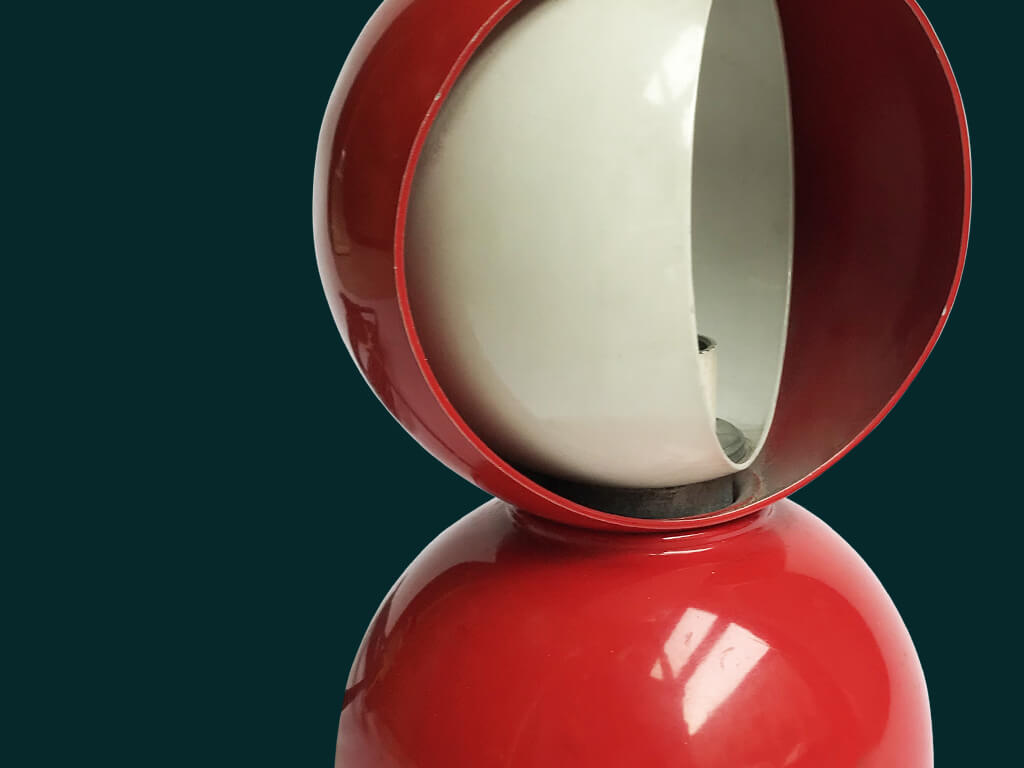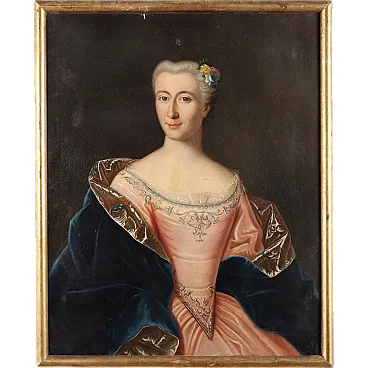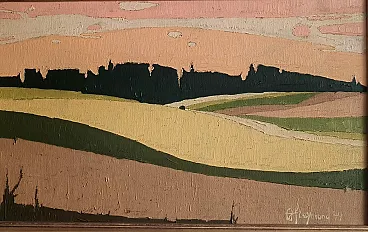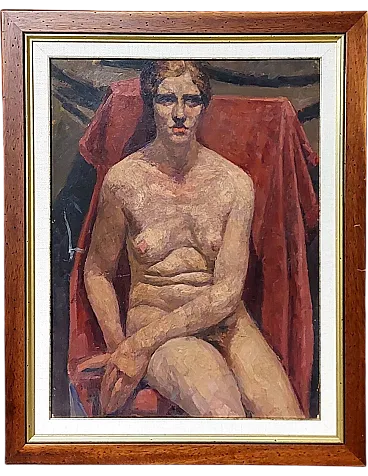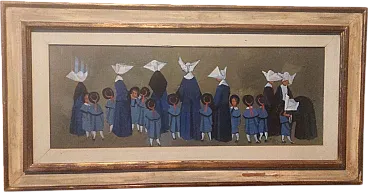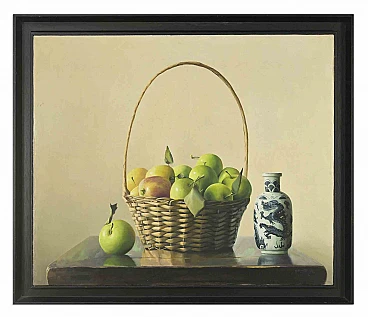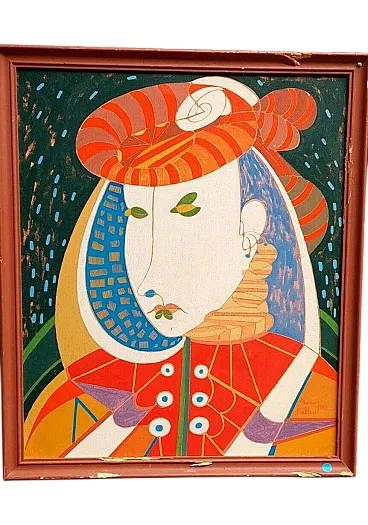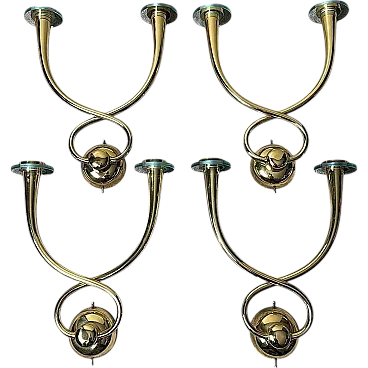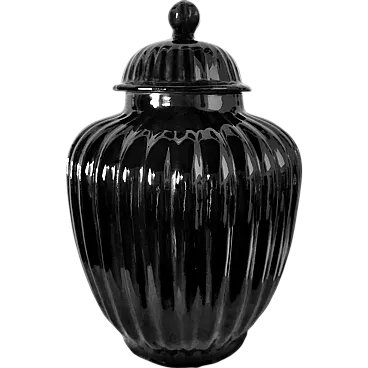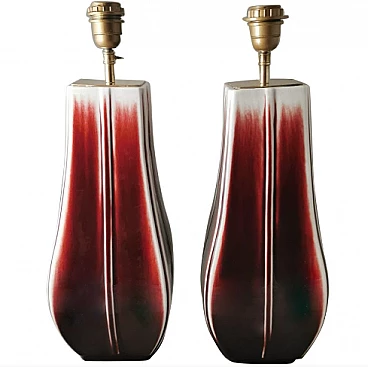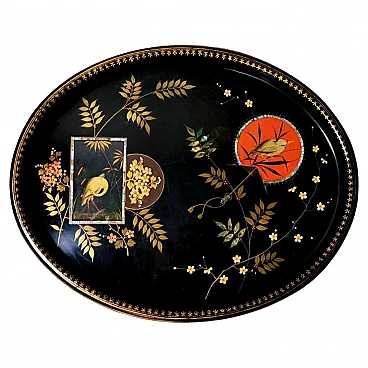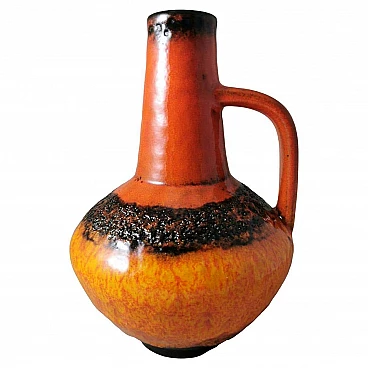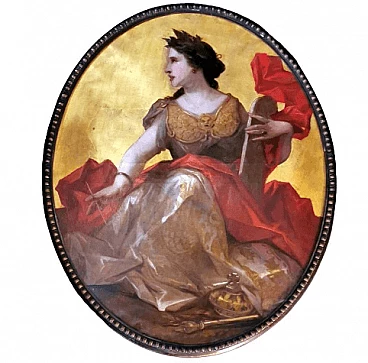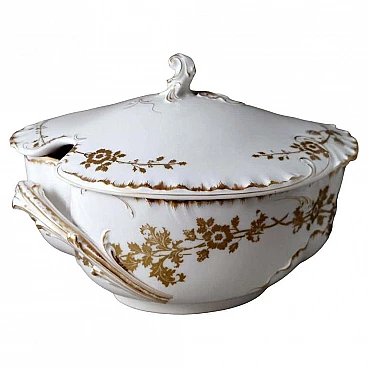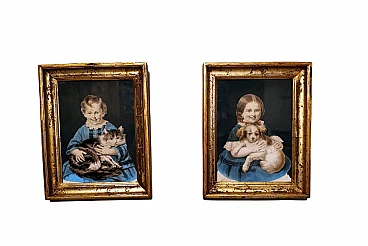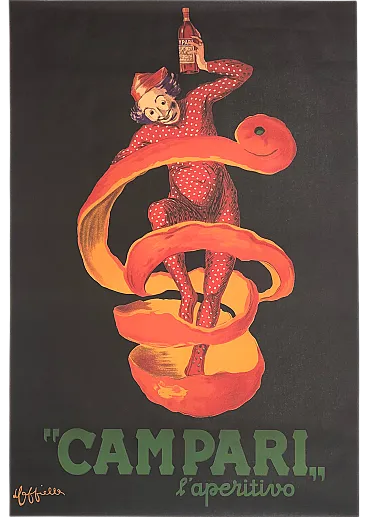The frame that encloses the two prints is truly unique and distinctive; it was recently crafted by a master cabinetmaker who has a workshop in one of the coolest neighborhoods of Florence: San Frediano, known for its charming and unique artisan workshops, where everything is handmade. The master artisan placed four bright mirrors on the sides of the flat part of the frame, tilting them outward, and painted the outer part and the inner edge with gold to create a luminous, elegant, and sophisticated optical effect. The prints are enclosed within the frame by a refined cream-colored mat with a gold border.The prints are original paper artworks, not pages from a book. They were printed in London between 1900 and 1905 using the "chromolithography" technique (from the Greek chromo meaning color, lithos meaning stone, and graphia meaning drawing), a process developed in 1837 that involved overlaying images of different colors, each engraved on separate stones, to reproduce the vivid tones of tempera paintings with remarkable brilliance and subtlety. The prints depict two beautiful and important flowers: on the left is the Syringa, and on the right is the Polyanthus Narcissus. The Syringa, commonly known as lilac, belongs to the Oleaceae family and is highly valued for its fragrant springtime blooms, which range from white to light purple. In the language of flowers, lilac symbolizes youth and the awakening of love, with different meanings depending on the color: white lilac stands for purity and innocence, purple lilac represents first love and budding passion, while blue lilac conveys calmness and serenity. According to a Greek myth, the name Syringa comes from the story of the nymph Syrinx. To escape the god Pan, who had fallen in love with her, she sought the help of the river gods, who transformed her into a reed. Pan, in his despair, cut the reeds and bound them together, creating the Pan flute, also known as a "syrinx." The flower’s name was thus associated with the nymph and her story. Additionally, lilacs are native to Southeastern Europe and Asia and were introduced to Western Europe in the 16th century, quickly becoming popular in gardens for their ornamental appearance and intense fragrance. The Polyanthus Narcissus, commonly known as the tazetta daffodil or bunch-flowered narcissus, belongs to the Narcissus genus. It is known for its numerous flowers blooming in clusters on a single stem and its characteristic sweet fragrance. In the language of flowers, the tazetta narcissus symbolizes: • Vanity and self-esteem: like other narcissus flowers, it is linked to the myth of Narcissus, the young man who fell in love with his own reflection. • Happiness: with its abundant blooms and vibrant colors, it is often seen as a symbol of joy and vitality. • Rebirth: being one of the first flowers to bloom in spring, it represents hope and renewal. The Narcissus is deeply connected to Greek mythology, particularly the myth of Narcissus, a handsome young man who, upon falling in love with his own reflection in a pond, drowned while trying to get closer to his image. According to the myth, the place where he fell gave birth to narcissus flowers, which have since been associated with vanity and self-reflection. The tazetta daffodil is native to the Mediterranean and Asia and has become highly popular in European gardens for its beauty and intense fragrance. In many cultures, this flower is associated with spring and celebrations of nature’s rebirth. Our frame, featuring these two flowers, is a perfect fit for any space in the home, both for the symbolism of the prints and for the splash of color they bring. Dimensions: Width 49 cm, Height 35 cm, Depth 3 cm. Each print measures 18x12 cm.
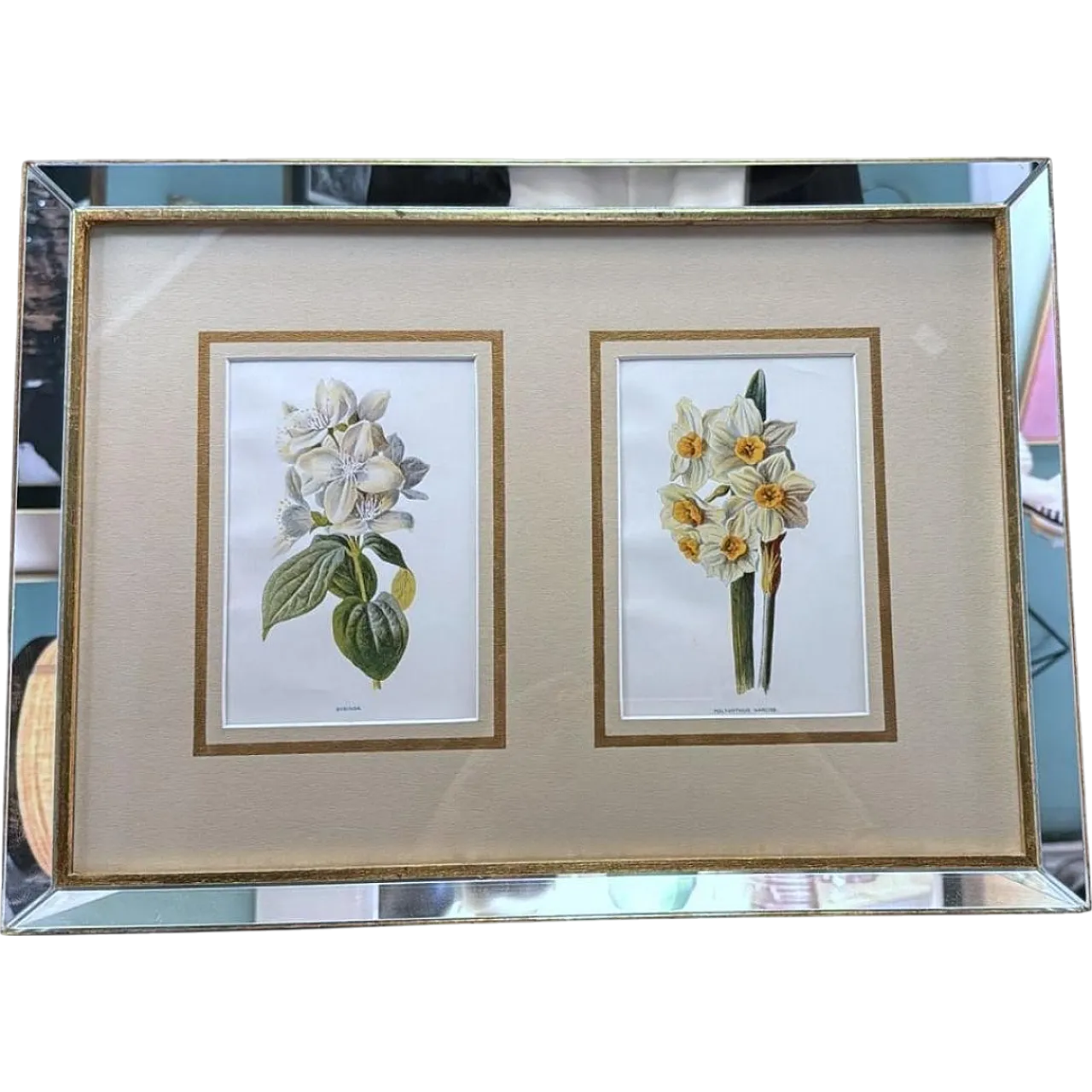
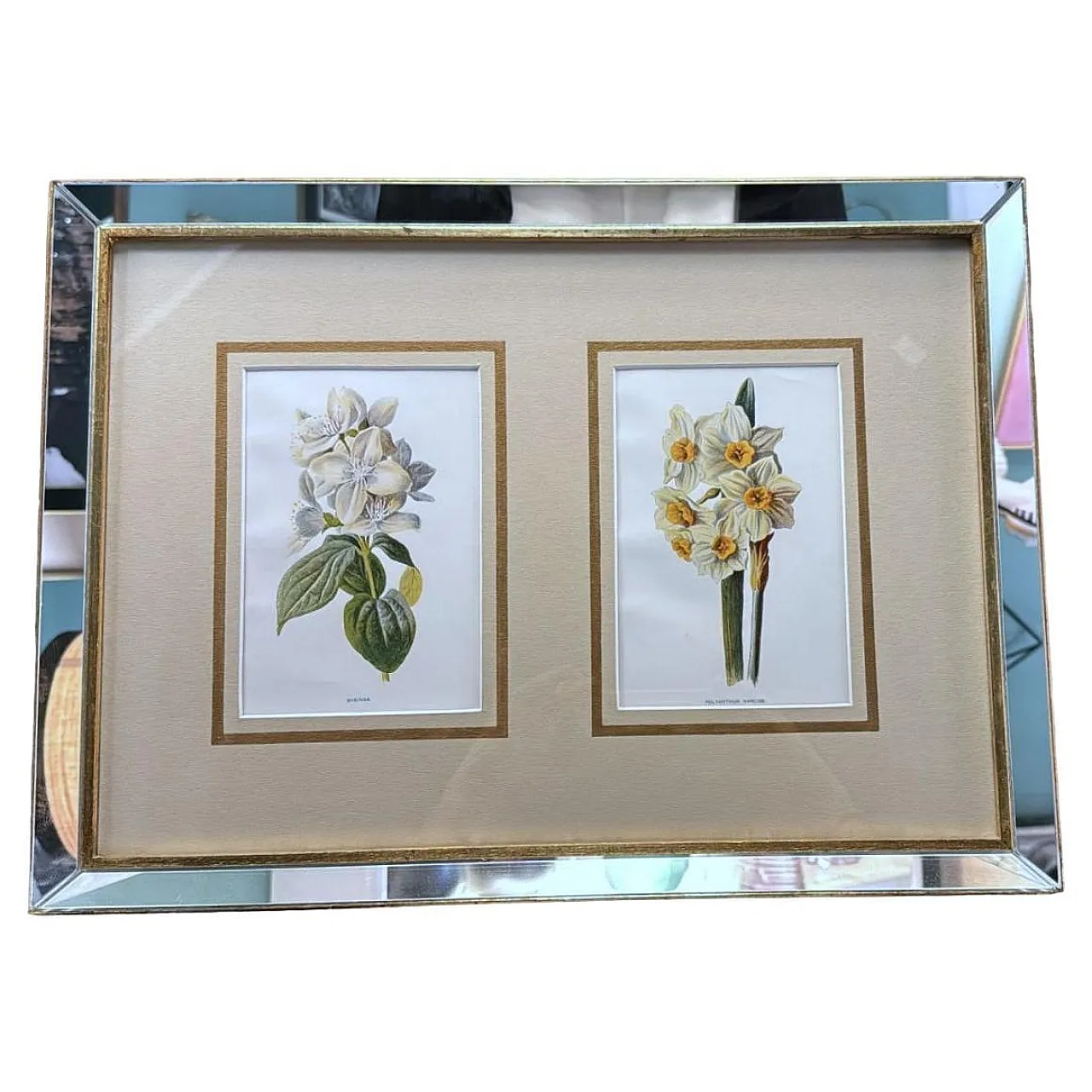
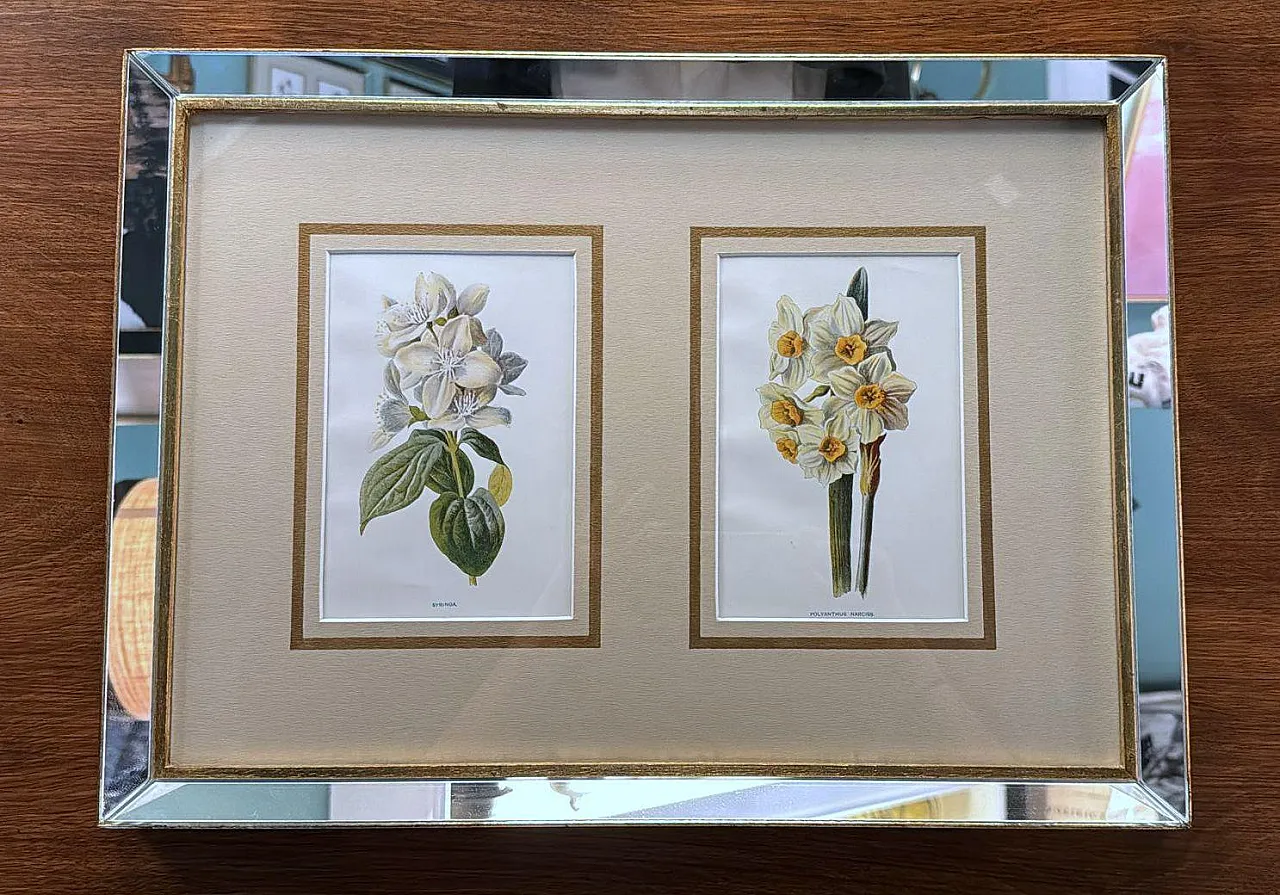
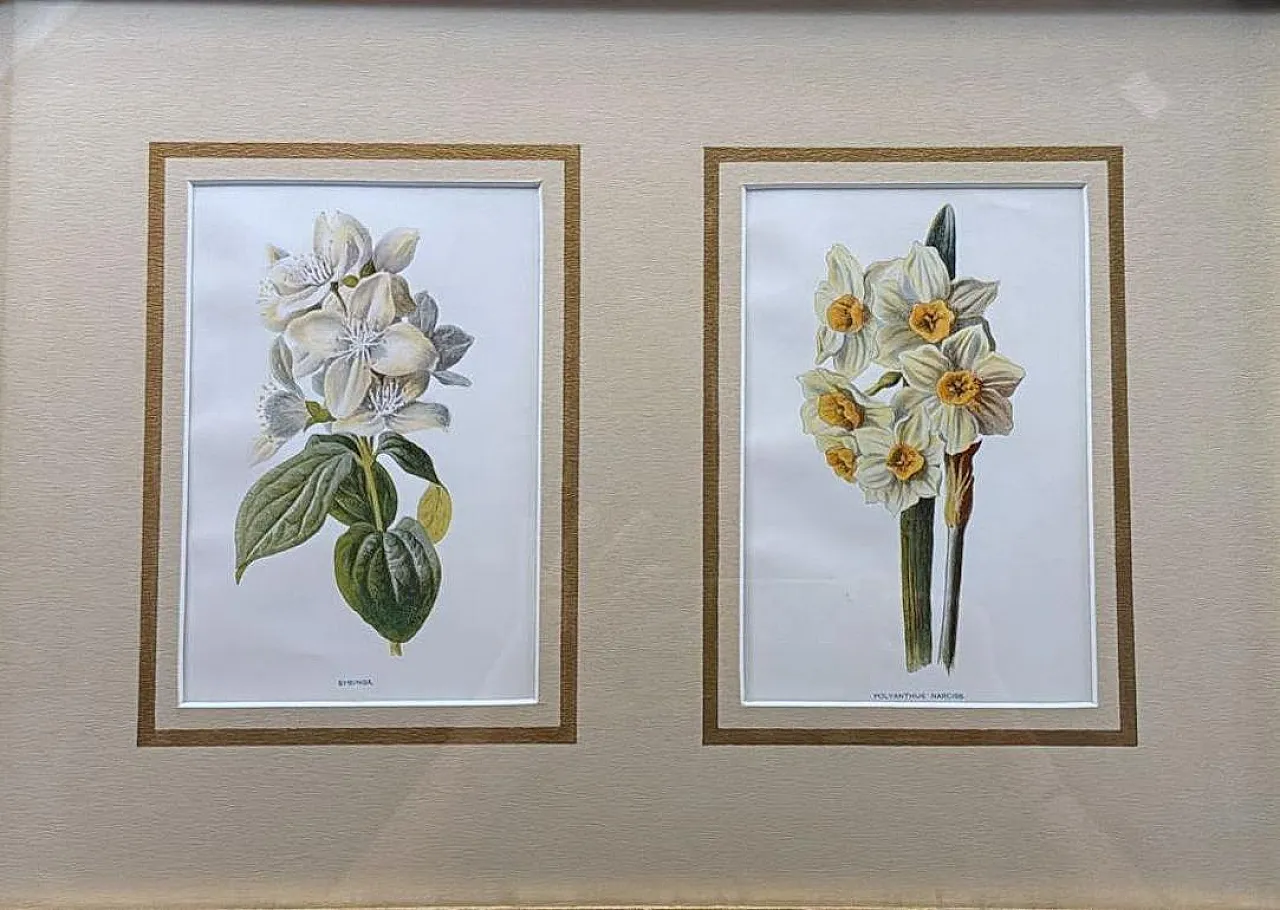
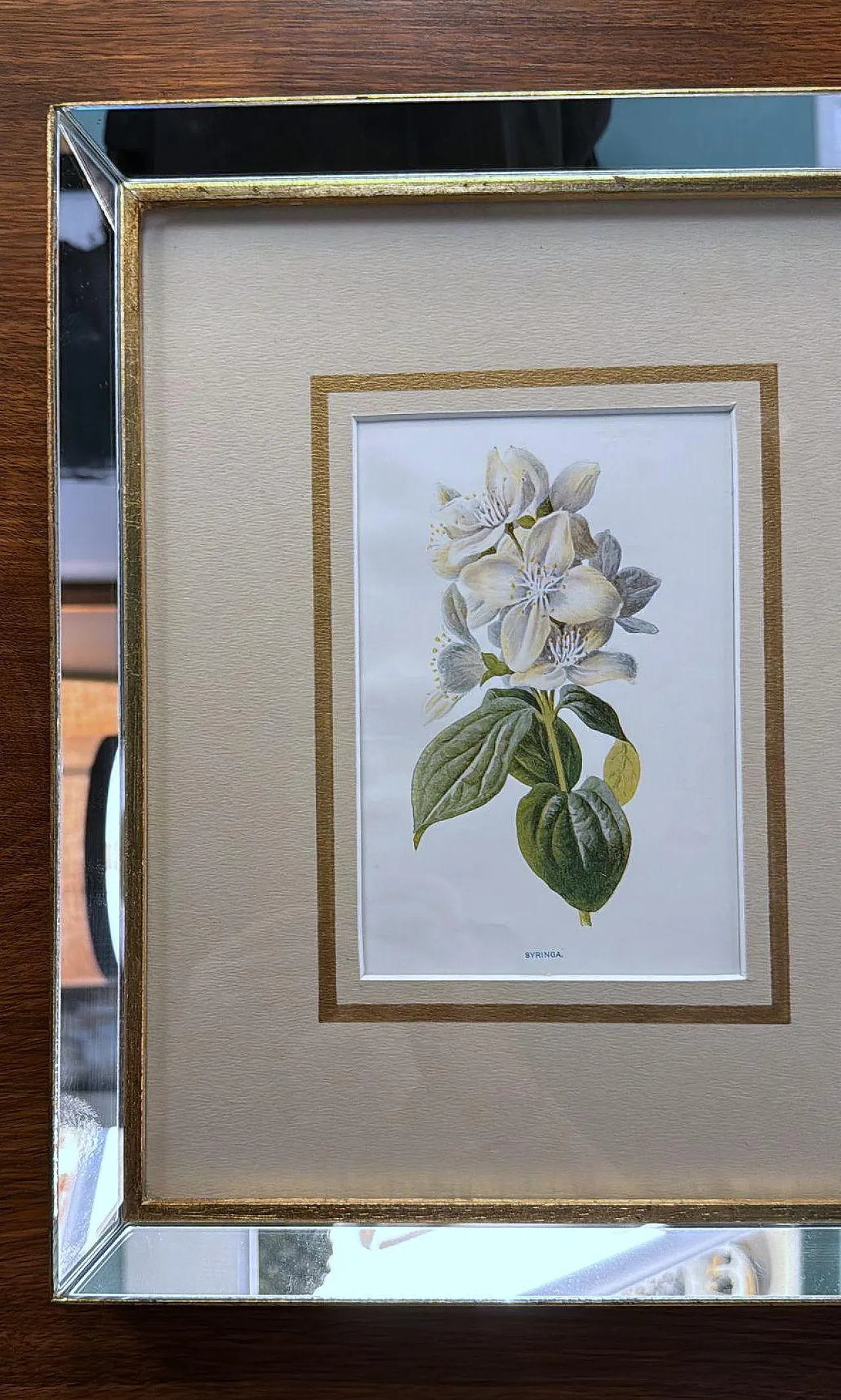
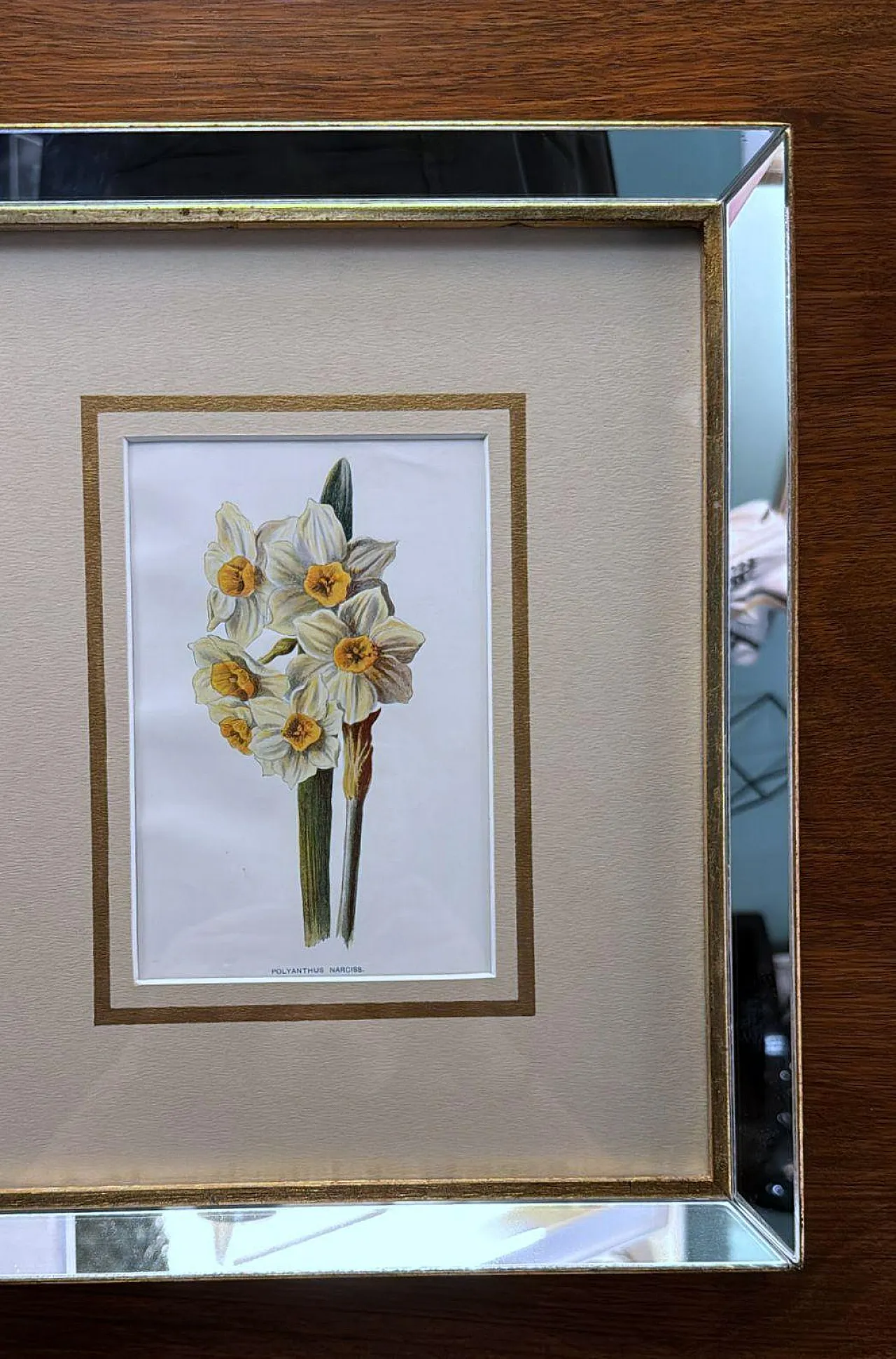
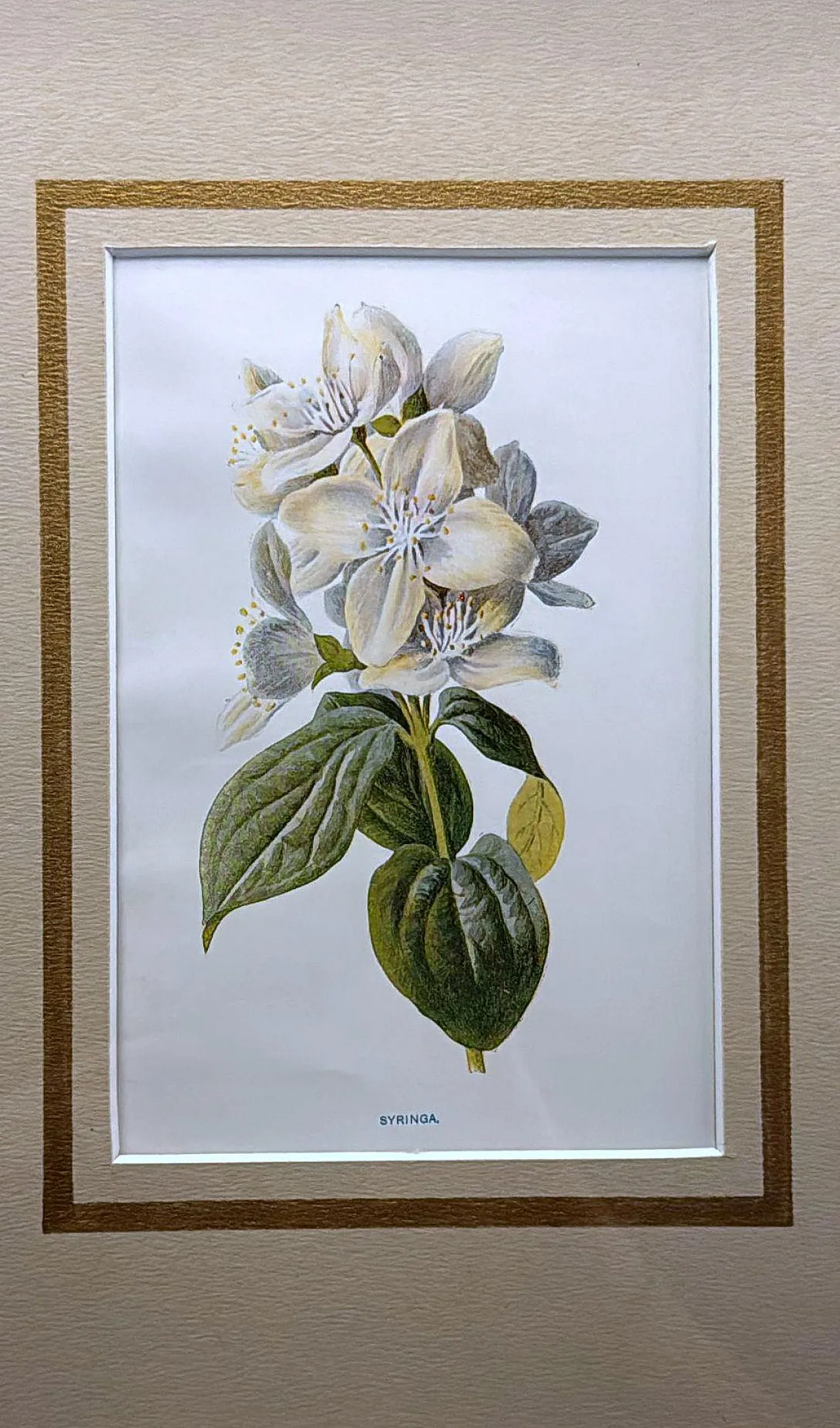
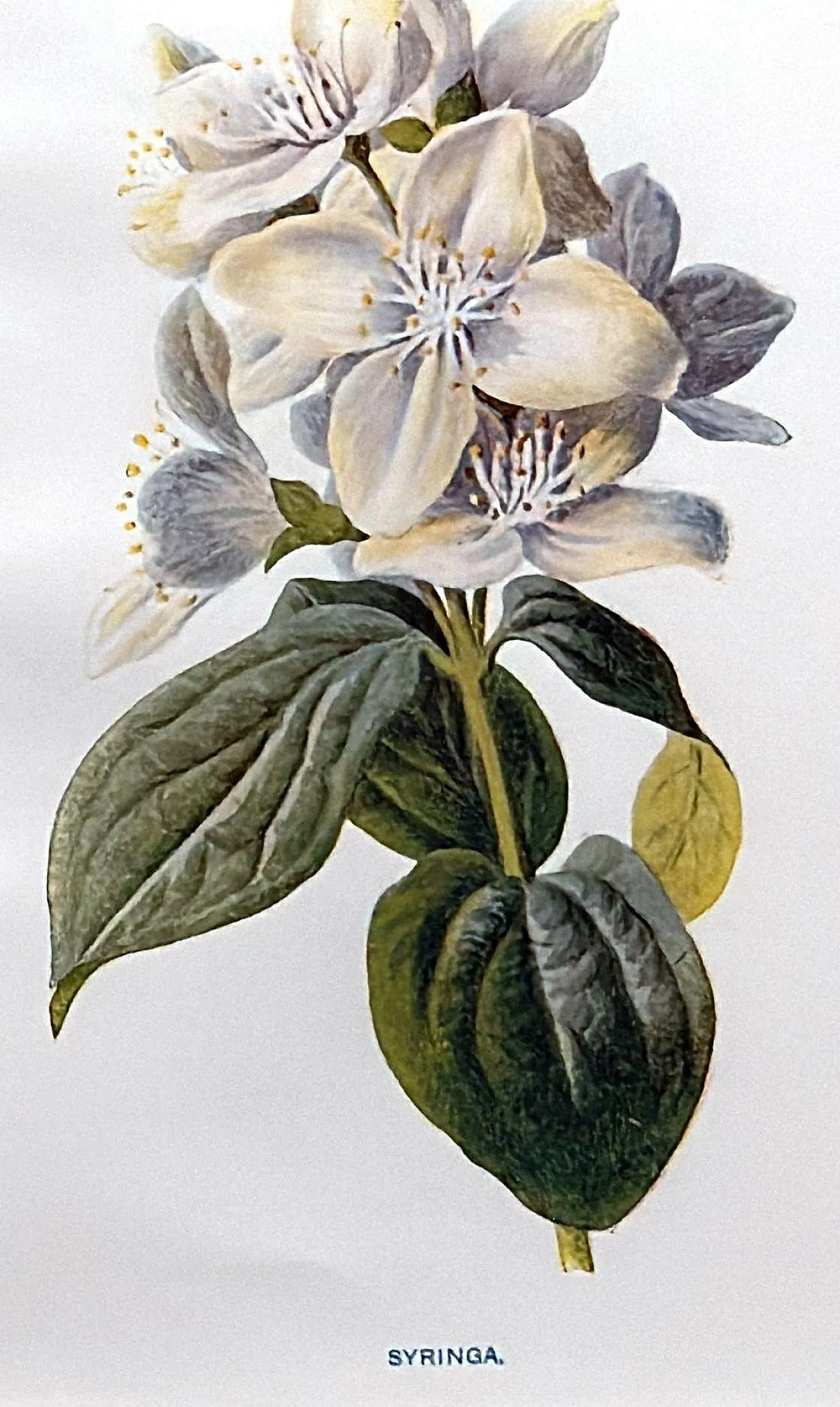
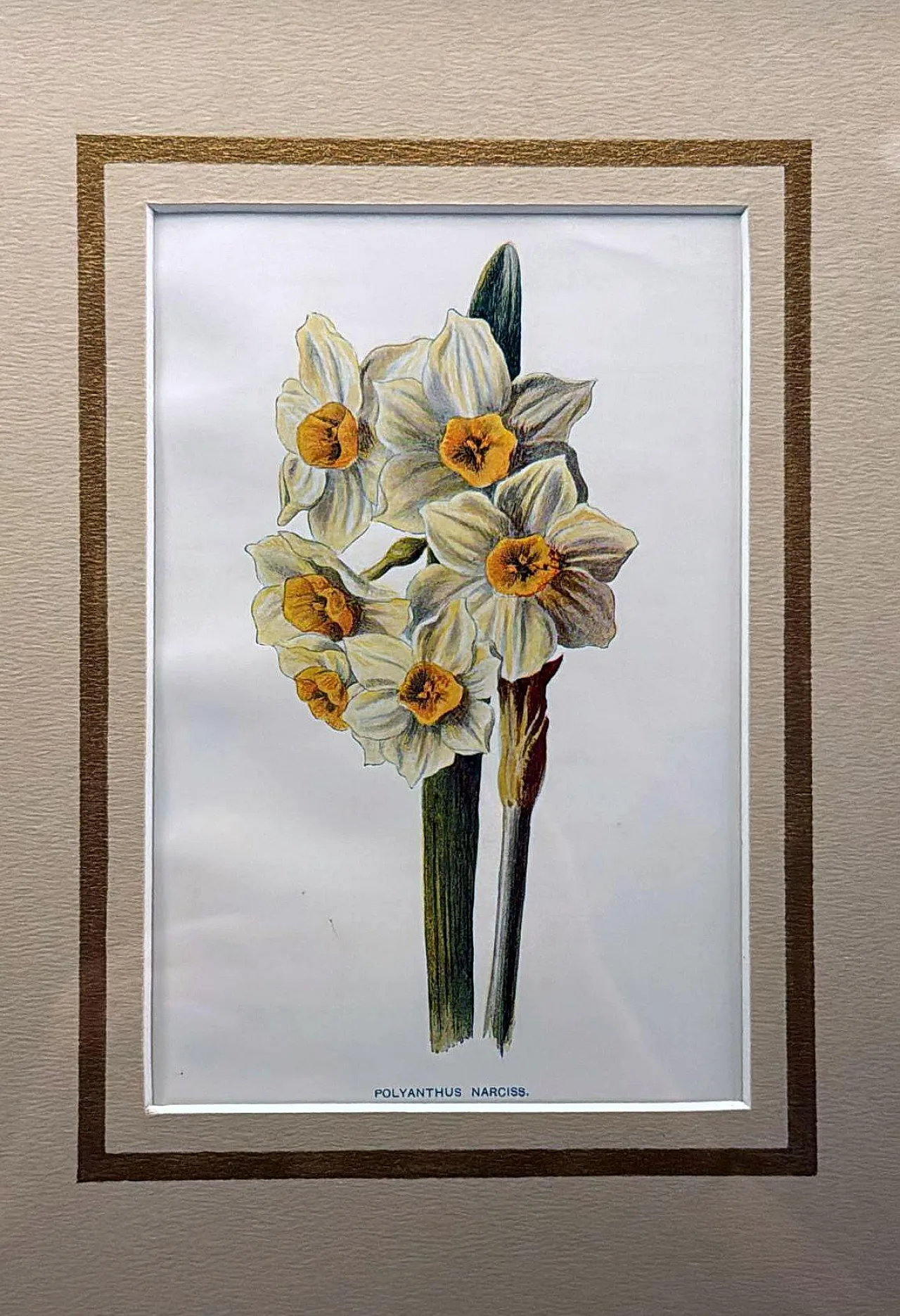
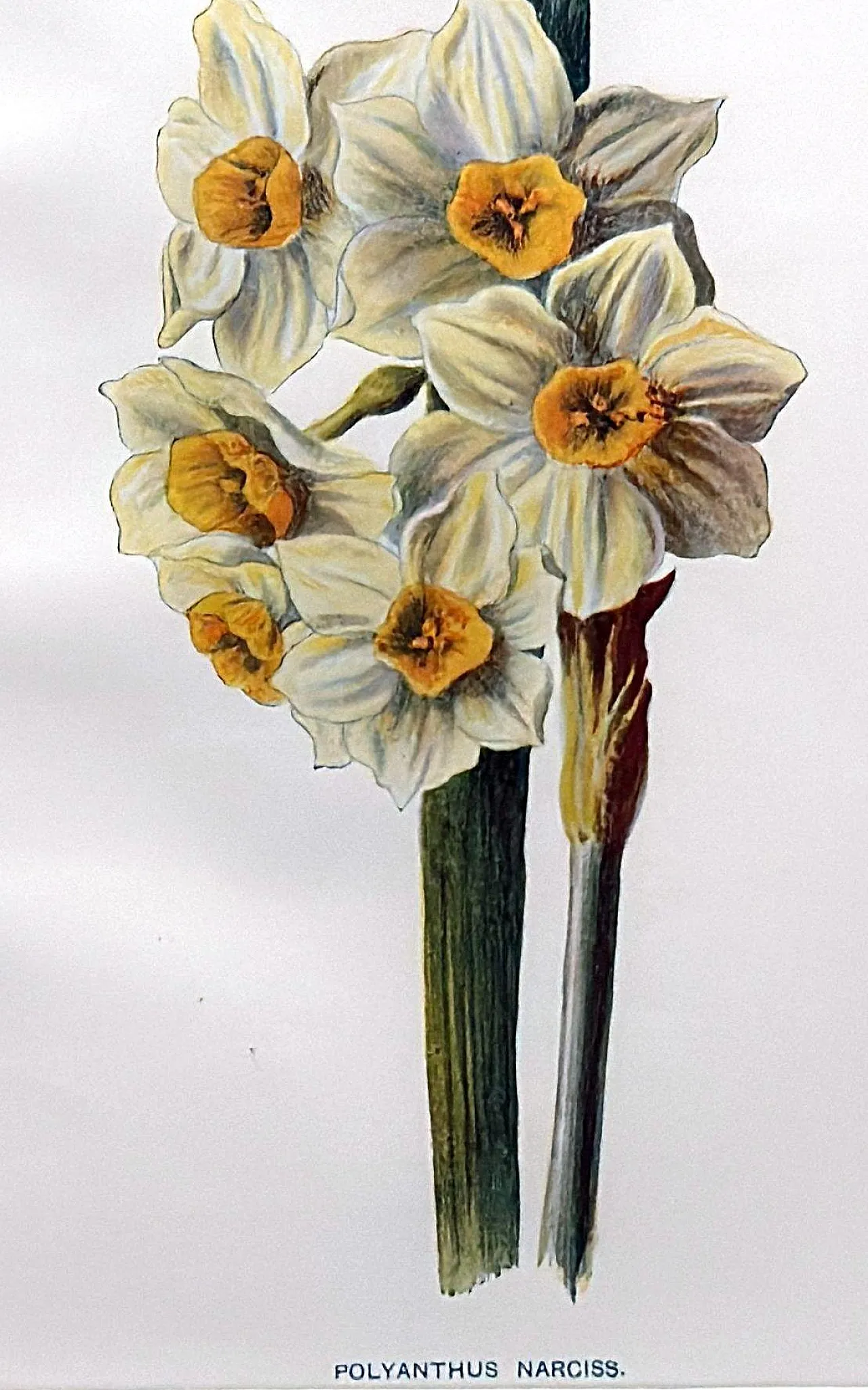



 SILVER Seller in Prato, Italy
SILVER Seller in Prato, Italy






.png)

